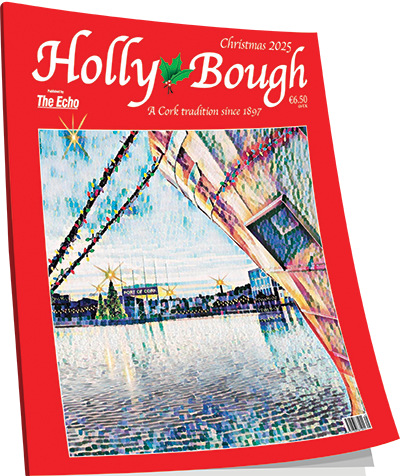'I’m doing this job nearly 30 years and I still get a lump in my throat': Parks department catering for the dead and living in Cork city
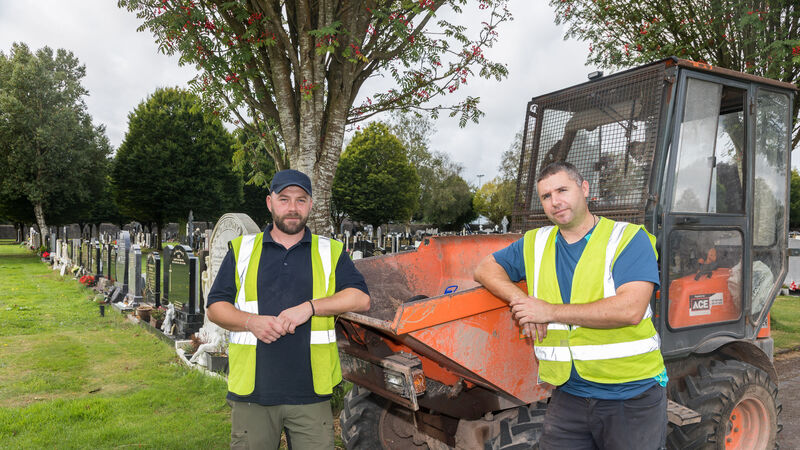
Gravediggers Justin O’Keeffe and James O’Sullivan working at St Catherine’s cemetery in Kilcully; there are usually about 220 burials in the cemetery every year.
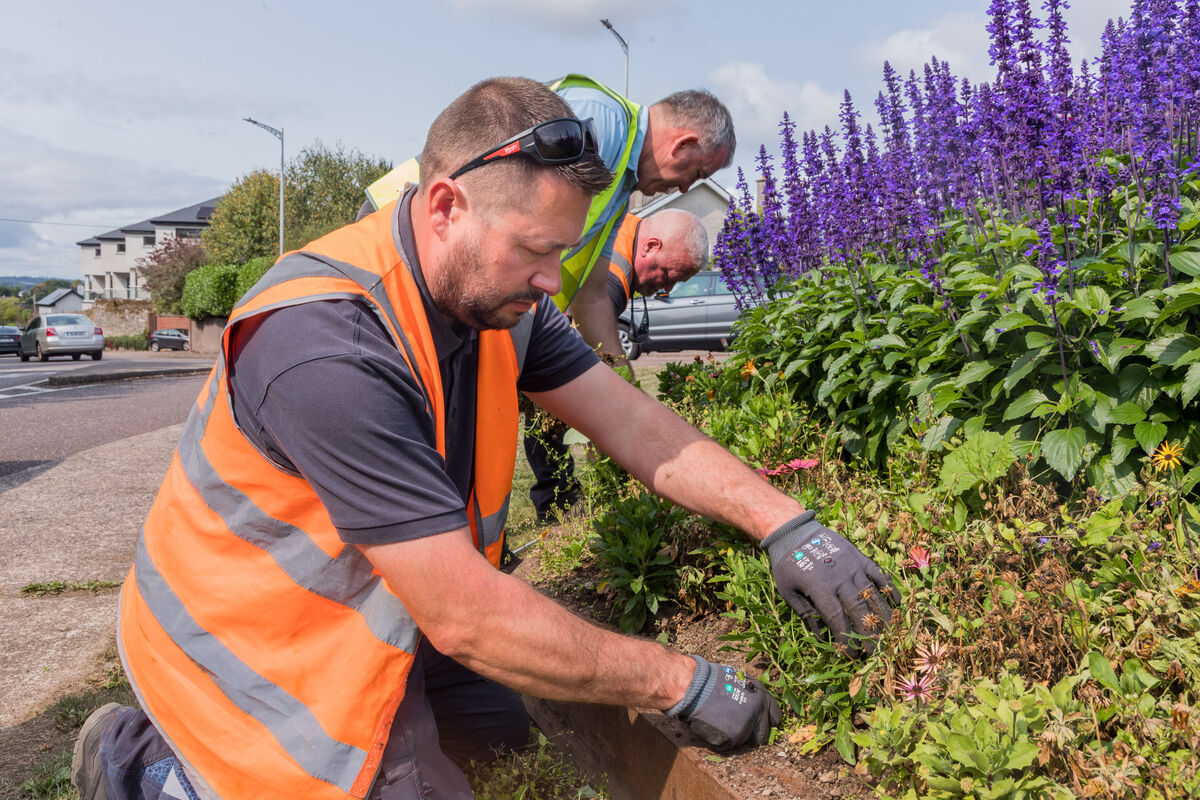
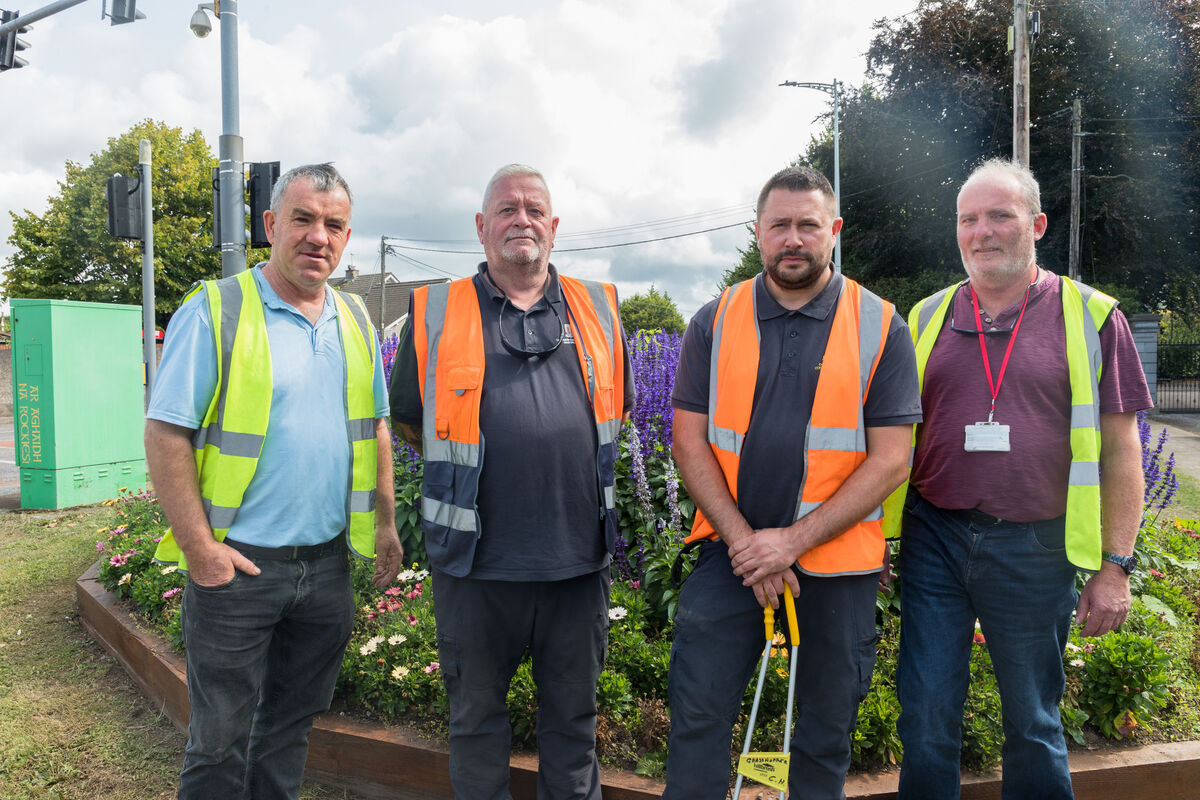
During bad weather, they risk their own safety to keep the roads and streets clear of impediments, and, indirectly, they save lives by maintaining and inspecting every single day the more than 200 ring buoys dotted along the quays.
They even put up more than 60 Christmas trees in the city every winter.
The work of the parks department includes grass maintenance, planting, litter picking, and re-seeding.
Since 2022, the council has operated a no-spray policy, which means it does not use chemical herbicides for weed control, however, this does require picking weeds by hand. They plant and maintain more than 100 planters across the city centre, using pollinator-friendly flowers from May to September, and winter/spring bedding during the winter months adding colour to the city streetscape.
This year, parks workers installed hanging planters on the city centre bridges, and they also maintain floral displays, containing more than 6,600 plants, at major road junctions.
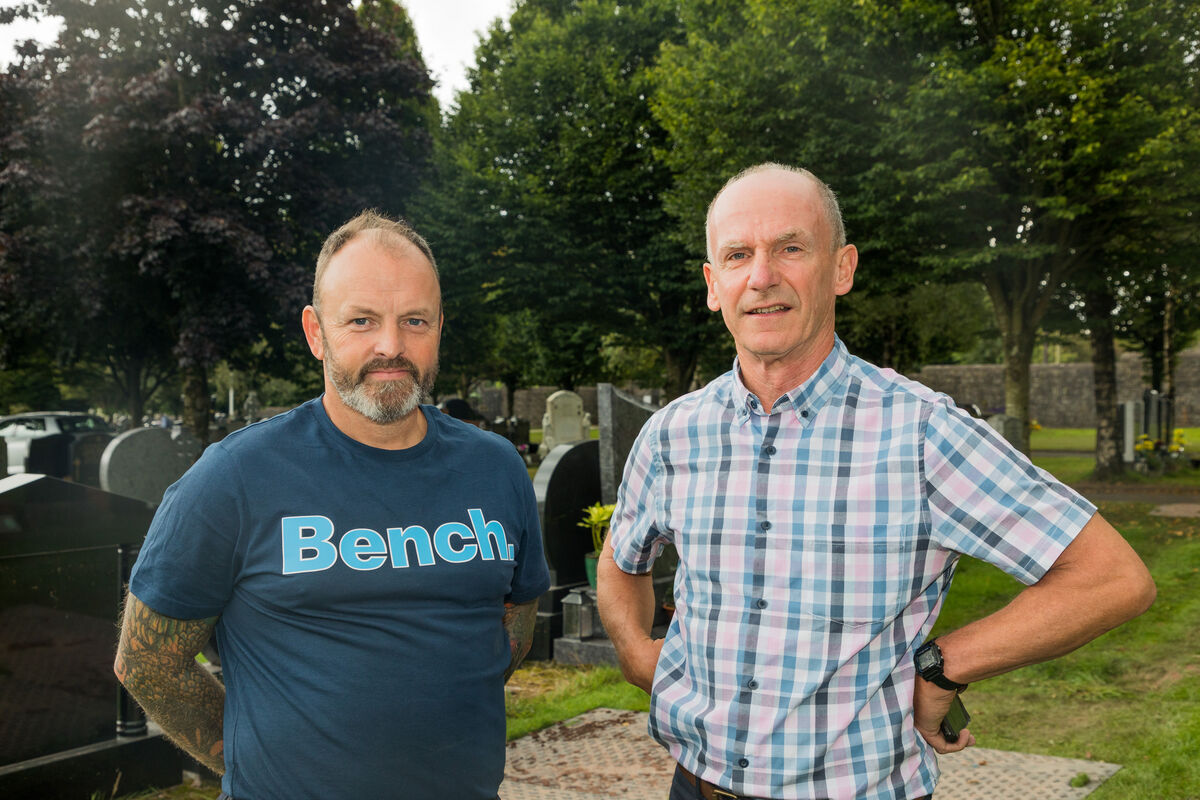
They open and close the city’s major parks each day, and in recent years, the Parks Department — as a biodiversity measure in line with the all-Ireland pollinator plan — has set aside 74 acres across several parks as no-mow areas. Those include areas of the Lee Fields, the Mahon walkway, Murphy’s Farm, the Glen Amenity Park, the Military Cemetery Park on Assumption Rd, Tramore Valley Park, the South Ring Rd median, and more.
They have worked with Green Spaces For Health to help establish community gardens within Clashduv Park in Togher, Murphy’s Farm in Bishopstown, Ballinlough Park, and Douglas Park, and they are working with Fairhill Community Association to establish a new community garden at the Fairfield, Fairhill.
They also provide allotments to the general public at Churchfield and at the Regional Park in Ballincollig, a measure which has proven extremely popular.
Last year, the city council adopted a tree strategy, with the aim to ensure that as many as 5,000 trees are planted each year, and this is run by the Parks Department.
It also manages amenities such as the Lough, where a bat-friendly low-lux light was recently installed over the outdoor gym, and a drinking water fountain will soon be opened by the playground.
They also maintain the Lee Fields, the new Marina Park and promenade, as well as all walkways, and they work closely with Tidy Towns groups from Douglas, Ballincollig, Togher, Ballyphehane, Mahon, Mayfield, Waterloo Renewal Group, Glanmire Community Association, and more.
Earlier this year, a new playground was installed at Kerry Pike, at a cost of €300,000, and the golf course mentioned earlier is Mahon Golf Course, of course.



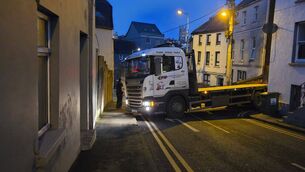



 App?
App?



